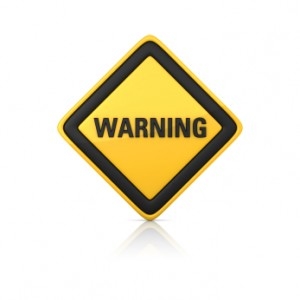This week, the RTH Stroke Foundation kicked off its first set of seminars for the year. The first Seminar was delivered at Anaheim High School on Tuesday to the parents of students that went through our S.M.A.R.T.® Program. The second seminar on Depression and Stroke was delivered in Reseda to the community at the Housing Authority. There will be many more seminars in the coming weeks and months, see our events calendar for a list of these seminars and register online or call us today.
Our Anaheim Seminar in partnership with Anaheim High School, delivered to the parents of S.M.A.R.T.® students by UCI’s Dana Stradling and translated into Spanish by our newest member of the team, Esmeralda Garcia.
Our Reseda Seminar in partnership with the Housing Authority, delivered by President Deborah Massaglia.
A man whose life was saved during a carotid artery screening at our previous seminar in Reseda. The technician discovered a major blockage in his carotid and the man underwent surgery soon after to have it removed.
